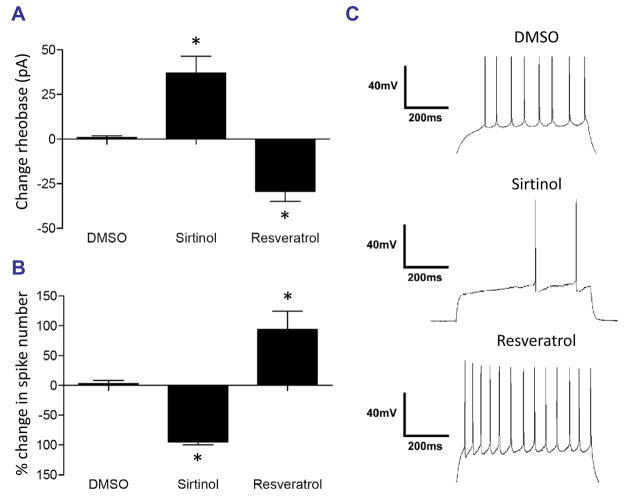Fig. 4. Sirtuin regulates the electrical excitability of NAc neurons.
A. Incubation (20 min) of acute NAc slices from adult mice with the sirtuin inhibitor, sirtinol (30 μM), caused a significantly higher rheobase compared to control (DMSO-treated) slices (ANOVA: F (2,13) = 24.64, p < 0.0001, Tukey’s post-hoc compared to DMSO, *p < 0.05). Conversely, slices incubated with 50 μM resveratrol, a sirtuin activator, exhibited a significant reduction in rheobase (*p < 0.05). B. A 100 pA injection into NAc neurons incubated with sirtinol (30 μM) elicits significantly fewer action potentials compared to control, while incubation with resveratrol (50 μM) results in significantly more firing than controls (ANOVA: F (2, 13) = 25.38, p< 0.0001, Tukey’s post-hoc compared to DMSO, *p < 0.05). C. Example traces from DMSO-, sirtinol-, and resveratrol-treated slices illustrate the robust physiological effects of manipulating sirtuins on NAc neurons.

